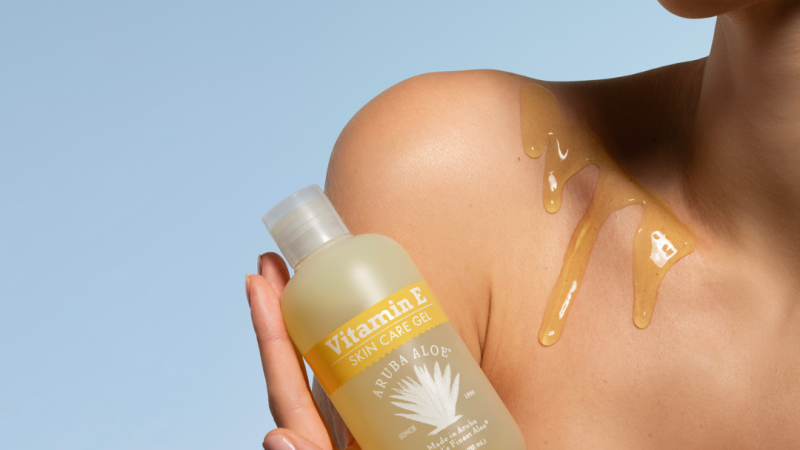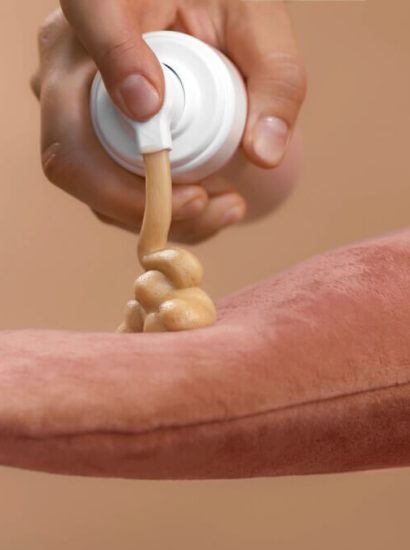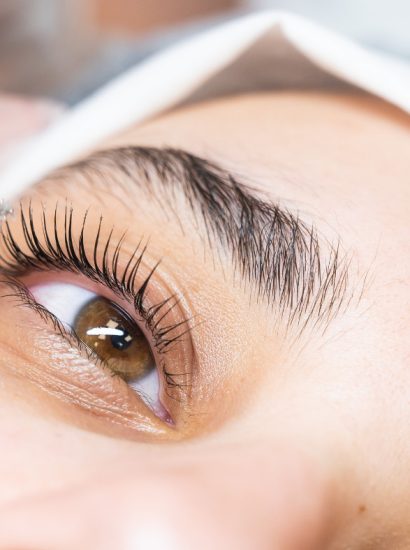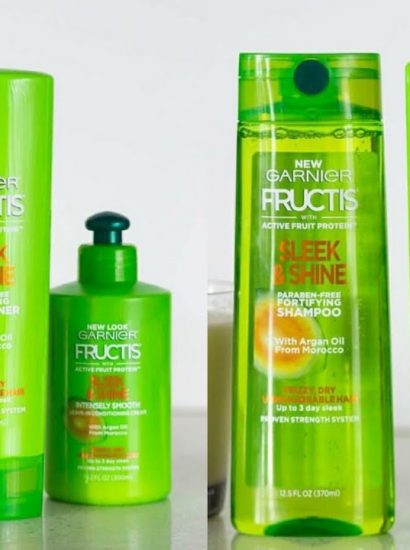Vitamins E and A are skincare powerhouses, each delivering vital benefits—hydration, repair, and protection. While they shine on their own, combined they offer synergistic effects that elevate skin health. This in-depth 1,600‑word guide covers their roles, mechanisms, usage methods, precautions, and FAQs.
Understanding Vitamin E and Vitamin A
What Is Vitamin E?
Vitamin E is a fat-soluble antioxidant, most often found as tocopherol and tocotrienol forms. It protects the skin’s lipid (oil) barrier, neutralizes free radicals from sun exposure, pollution, and irritation, and helps regulate inflammation.
What Is Vitamin A?
Vitamin A refers to a family of retinoids, including retinol, retinaldehyde, retinyl esters, and pharmaceutical-strength tretinoin. These promote healthy cell turnover, stimulate collagen production, smooth texture, and improve pigmentation.
Key Skin Benefits of Vitamin E
- Antioxidant Protection
Neutralizes free radicals, reducing oxidative stress and slowing signs of aging like fine lines, loss of firmness, and dullness. - Hydration and Barrier Support
Lipid-soluble properties help seal in moisture, strengthen the skin barrier, and protect against moisture loss. - Soothing and Repairing
Reduces inflammation, redness, and dryness after environmental stress or procedures like microdermabrasion. - UV Defense Assistance
Works synergistically with sunscreens by stabilizing and boosting UV protection.
Best Sources of Vitamin E
- Topical: Serums and creams with 1–2% tocopherol, vitamin E oils, or mixed antioxidants.
- Dietary: Nuts, seeds, leafy greens, and vegetable oils support skin function from within
Key Skin Benefits of Vitamin A
- Promotes Cell Turnover
Speeds up shedding of dead cells, revealing smoother skin and unclogging pores. - Stimulates Collagen Production
Encourages dermal support, reducing wrinkles and improving elasticity. - Balances Pigmentation
Helps fade dark spots, uneven tone, melasma, and hyperpigmentation over consistent use. - Anti-Acne Action
Reduces sebum production and stops comedone formation, effective for mild-to-moderate acne.
Forms & Strengths of Vitamin A
- Retinol: OTC night serums (0.1–1%)
- Retinaldehyde: Gentler OTC form with faster activation
- Retinyl esters: Milder but slower to convert
- Tretinoin: Prescription-only, 0.025–0.1%, strongest anti-aging effect
How Vitamins E and A Work Together
Enhanced Stability & Efficacy
Vitamin E protects retinoids from oxidative breakdown, maintaining their potency. Together, they create a stronger antioxidant defense system.
Reduced Irritation
Retinoids often cause dryness or irritation. Vitamin E’s hydration and barrier support help soothe and reduce retinization.
Boosted Skin Protection
Combined use strengthens antioxidant defenses, reducing UV damage and inflammation more effectively than either alone.
Comprehensive Skin Renewal Plus Hydration
Vitamin A promotes cellular renewal while vitamin E locks in moisture and shields from oxidative stress—a balanced anti-aging solution.
Best Practices for Using Vitamin E & A in Your Routine
Step 1: Choose Your Vitamin A Type
- New to retinoids? Start with 0.1–0.25% retinol or retinaldehyde.
- Looking for prescription results? Speak with a dermatologist about tretinoin.
Step 2: Pick a Vitamin E Product
- Serum with 1–2% tocopherol or tocotrienol (mixed isomers preferred).
- Cream combining retinol and vitamin E in one formula.
Step 3: Build Your Routine
- Night Routine
- Cleanse → apply retinoid → after 10 min, apply vitamin E serum or moisturizer.
- Morning Routine
- Cleanse → vitamin C (optional) → vitamin E → sunscreen (SPF 30+).
Step 4: Introduce Slowly
- Retinol: start 2 nights per week, increase to every night as tolerated.
- Vitamin E: can be used nightly with retinoid or morning.
Step 5: Moisturizer Matters
Use a barrier-friendly formula that includes ceramides, glycerin, or hyaluronic acid to offset dryness from retinoid use.
Who Should Use This Combo & Who Should Be Cautious?
Ideal Candidates
- Aging concerns (fine lines, wrinkles, elasticity loss)
- Dry/dehydrated skin needing renewal
- Sun-damaged skin/pigmentation
- Post-procedure care after lasers, peels, microneedling
Use With Caution
- Sensitive or reactive skin: begin with low-dose forms, patch test, and consult a dermatologist.
- Pregnant or breastfeeding: avoid retinoids—stick to vitamin E and botanical alternatives.
Tips & Troubleshooting
Maximizing Benefits
- Store vitamin A in opaque, airtight packaging away from light and heat.
- Use broad-spectrum sunscreen daily.
- Alternate actives like vitamin C or exfoliating acids on different days to reduce irritation.
Dealing with Common Issues
- Dryness/flakiness: slather moisturizer, elevate vitamin E usage, reduce retinoid frequency.
- Redness or burning: pause retinoid for 1 week, resume at lower frequency.
- Breakouts: could be initial “purging”—if it persists after 8 weeks, reassess dose or consult a pro.
Conclusion
Combining vitamin A and E in your skincare routine offers a powerful blend of skin renewal, hydration, antioxidant defense, and protection. Whether you’re tackling aging, dryness, or sun damage, these vitamins work in harmony to deliver radiant and resilient skin—when used thoughtfully and with SPF.
FAQs
1. Can I layer Vitamin E and A together at night?
Yes. Apply your retinoid first, wait 10 minutes, then follow with vitamin E serum or moisturizer to soothe the skin barrier.
2. Can I use Vitamin E during pregnancy?
Yes—vitamin E is safe during pregnancy. However, avoid retinoids at all stages of pregnancy, including OTC forms like retinol.
3. Can I use Vitamin E and A together in the morning?
It’s best to use retinoids at night since they make skin more sun-sensitive. Vitamin E, though, is perfect for morning routines under SPF.
4. Will Vitamin E worsen acne?
Unlikely in standard serum concentrations (1–2%). Some vitamin E oils may clog pores, so go for lightweight serums and test patch probes first.
5. How long until I see results?
Expect to notice smoother and more even skin within 4–6 weeks. Full benefits—like reduced fine lines and pigmentation—become visible around 12 weeks of consistent use.
Also read: Lactic Acid for Face: Benefits, Uses, and How to Apply It Safely





